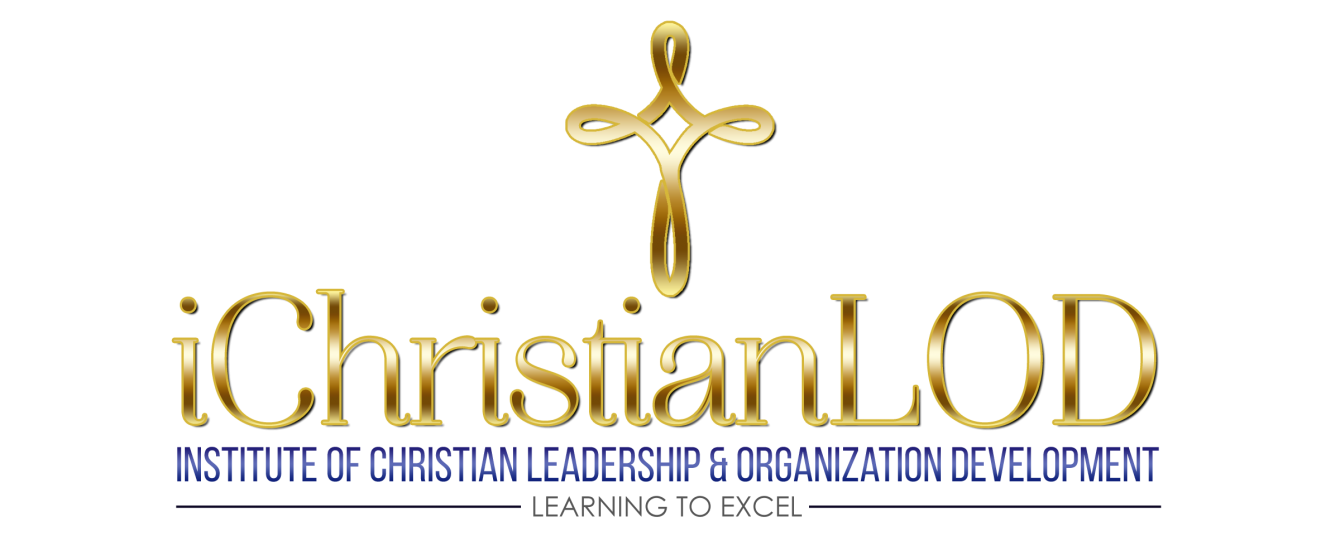Employee orientation is defined by Byars and Rue (2011) as the process of introducing new employees to an organization, a work unit, and a job. They suggest two strategic levels for an effective orientation. The first level is an introduction to the organization that includes information about the organization such as its rules, procedures, policies, and things which would be of interest to all employees. The second orientation level is a departmental and job orientation, which presents topics that are unique to the department the new employee will be assigned to, their specific job, and job unit (Byars & Rue, 2011).
The Organizational Orientation
For a global organization, the first level in the orientation would present a brief historical overview of the organization, introducing its founders and their mission, the vision of the founders; company goals and values that shed light on why the company operates as it does. It would be helpful at this level to also include an overview of the industry within which the company functions, and how the organization is positioned within its industry. Because this is an organization with offices in foreign countries, care must be taken to employ knowledgeable sensitivity when explaining values. The company must develop a proactive approach for managing diversity that includes both a structural and cultural strategies for change. Werner and DeSimone (2012) suggest that elements in such a program include an awareness of cultural differences, attitude changes, increasing the factual knowledge about various cultures, and skill-building in areas of language, cultural stress management, and adaptation (Werner, DeSimone, 2012).
Byars and Rue (2011) recommend an explanation of the safeguards and precautions the company exercises to protect its employees as it conducts business. This would include elements such as OSHA requirements or other government regulations, physical examinations, licenses, and any other health-related requirements (Byars, Rue, 2011). Policies and procedures would include the company’s position regarding issues such as diversity, proprietary information, and harassment. Additional content would be benefits, inclusive but not limited to general compensation issues, insurances, vacation and use of other leave time, personal and family matters, holidays, retirement plans, career development opportunities, and other company perks that may be applicable (Werner, DeSimone, 2012). This session would end with the employees completing paperwork for taxes, insurance, and any other legally-required forms.
Selecting Training Methods and Media for Level 1 Orientation Selecting the appropriate training method and media is determined by assessing the objective of the program. Since the primary objective at this first level of orientation is to acquaint the new employees with company values and continue the socialization process, it would be appropriate to use instructor-led live programs. Werner and DeSimone also suggest relying on some type of hard-copy training manuals coordinated with the live presentation (Werner, DeSimone, 2012). The ideal presenter would be a member of the human resources team, someone who would be able to answer questions that new employees are likely to have at this juncture.
Level 2 – Departmental and Job Orientation
The departmental and job orientation would take place within the department where the new employee is assigned. The content would include information about the goals and functions of the department itself, its relationship with other departments within the organization; a detailed explanation of job duties and responsibilities, which might include work hours, overtime requirements, required records and reports, equipment and supplies needed for the job, breaks; a discussion about common problems that are likely to come up; and performance evaluations. There would also be a departmental tour and introduction to other employees in the unit (Byars, Rue, 2011).
This segment of the orientation would be conducted by the new employee’s supervisor, who has what Werner and DeSimone characterize as a pivotal role in the socialization and training process. The supervisor is responsible for arranging adequate training on job specifics, guarding the new employee from unreasonable demands that are outside the realm of their responsibilities, providing feedback to keep the employee aware of their progress, and carefully observing the employee’s efforts to become an insider by addressing problems and concerns swiftly (Werner, DeSimone, 2011).
Level 2 – Methods and Media Challenges
Level 2 of the orientation would be a combination of on-the-job training (OJT) methods, and blended e-learning strategies to develop job performance and create a learning experience that maximizes the return on learning (ROL) for the organization. There are, however, certain strategies identified by Adams (2010) that supervisors must be aware of to achieve success with e-learning. First, they should be aware that only 10 percent of learners are what would be classified as self-motivated learners. This means that the supervisor must remain actively engaged in the e-learning process in 90 percent of new hires. Second, e-learning should be balanced and reinforced with another mode of instruction such as classroom or one-on-one instruction to motivate learners to accept ownership for the learning process. E-learning must be tightly aligned with specific learning objectives that are strategic with the goals of the department or organization. And four, the new value created through e-learning must be coupled with action projects that demonstrate ROL outcomes (Adams (2010).
Other Problems Regarding Cultural Diversity
An employee orientation program in a multicultural global organization will likely encounter some cultural diversity challenges. Schein (2010) suggests that before diversity can be a resource, there must be good cross-cultural communication and understanding, where leaders develop what Schein (2010) refers to as cultural intelligence, by establishing authoritative coordinated mechanisms. The four capacities identified by Schein are: knowledge of essentials for the cultures one is working with; cultural sensitivity; a sincere motivation to learn about other cultures; and a willingness to learn new ways of doing things (Schein, 2010). These are characteristics leaders will need to acquire in order to prosper in cross-cultural environments.
Although globalization has enhanced the awareness of workforce diversity and the benefits inherent in managed workforce diversity, Shen et al., (2009) echoes Schein’s sentiments by stating that the potential benefits associated with a diverse workforce do not occur simply because diversity exists. It is corporate competence that embraces flexibility, collaborative management, and the value of the individual. More specifically, Shen et al. states, “While diversity management is an approach that revolves around employees, the HRM function is the custodian of the people management processes (Shen et al., 2009, p.236).
Conclusion
The two levels of orienting new employees into an organization are the organizational level and the department or job-unit level. Together they should provide the new employee with adequate information about their new company and new job, to enable socialization into the organization. Trainers can overcome learning deficits associated with technology by using blended e-learning strategies. Organizations can maximize the benefits of a diverse workforce by developing cultural sensitivity through a managed diversity program.
References
Adams, J. (2010). A four-level model for integrating work and e-learning to develop soft skills and improve job performance. IUP Journal of Soft Skills, 4(4), 48-68.
Byars, L. L., & Rue, L. W. (2011). Human resource management (10th ed.). New York, NY: McGraw-Hill Irwin.
Schein, E. H. (2010). Organizational culture and leadership (4th ed.). San Francisco, CA: John Wiley & Sons.
Shen, J., Chanda, A., D’Netto, B., & Monga, M. (, February 2009). Managing diversity through human resource management: an international perspective and conceptual framework. The International Journal of Human Resource Management, Vol. 20, No. 2, 235-251. http://dx.doi.org/10:1080/09585190802670516
Werner, J. M., & DeSimone, R. L. (2012). Human resource development (6th ed.). Mason, OH: South-Western CENGAGE Learning.
Please follow and like us:
 We all know what it feels like to have a great idea that we know will absolutely make the organization better; and then comes the opposition. When opposition shows up, we brace ourselves for the battle that we knew would come. There is a different perspective and approach to opposition that can make you a more effective leader, in addition to helping you accomplish your goals. As Daft and Marcic (2011) explain, this approach begins by understanding the four major reasons that people resist change in the first place (Daft, Marcic, 2011):
We all know what it feels like to have a great idea that we know will absolutely make the organization better; and then comes the opposition. When opposition shows up, we brace ourselves for the battle that we knew would come. There is a different perspective and approach to opposition that can make you a more effective leader, in addition to helping you accomplish your goals. As Daft and Marcic (2011) explain, this approach begins by understanding the four major reasons that people resist change in the first place (Daft, Marcic, 2011):





